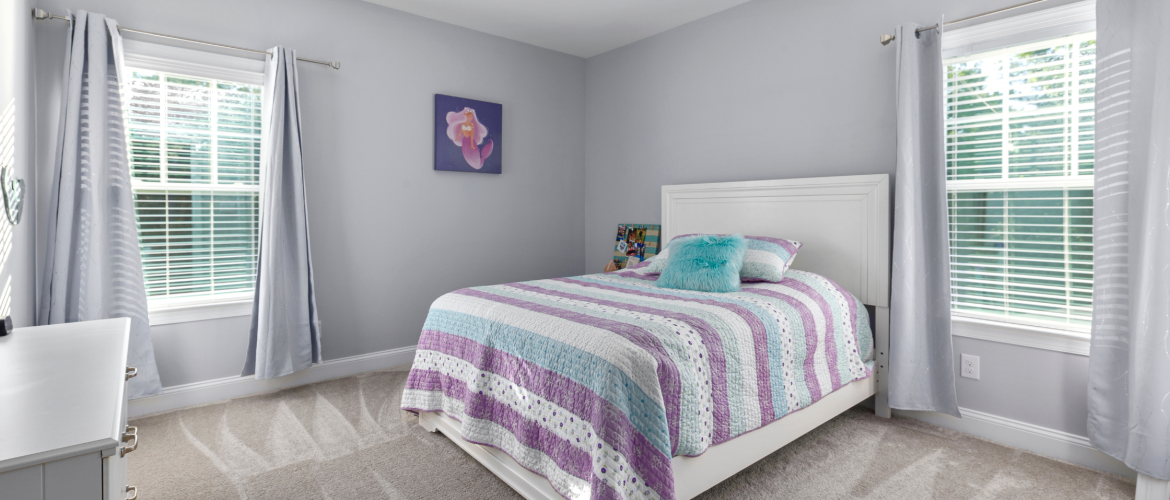A common style of carpet that uses a distinctive manufacturing procedure is the needle punch carpet. It is a nonwoven carpet made by piercing fibres with needles to produce a felt-like material. We’ll delve deeper into the needle punch carpet manufacturing procedure in this blog post.
Materials, Raw
Depending on the desired qualities of the finished product, the raw materials used to make needle punch carpet can change. Typically, synthetic fibres like polyester, polypropylene, or nylon are used to create needle punch carpet. Wool and other natural fibres may also be used. Usually, the fibres are ordered in large quantities and delivered to the production facility.
Carding
Carding is the first stage of the needle punch carpet manufacturing process. The fibres are fed into a carding machine during this procedure. To make a web of a consistent thickness, the machine combs and aligns the fibres. The cross lapper is a sizable machine that receives this web next.
Crosslapping
The carded fibres are layered into a substantial mat by a device called a cross lapper. For a more even distribution of fibres, the fibres are arranged in a criss-cross pattern. The mat’s thickness can be changed to produce various densities and pile heights.
Needling
The fibre mat is fed into a needle punch machine after it has been formed. Thousands of barbed needles punch through the fibres in the needle punch machine. The fibres become tangled and interlocked as the needles pierce through them, producing a material that resembles felt. Different pile heights and densities can be produced by adjusting the rows of needles that make up the arrangement.
Finishing
The needle punch carpet may go through additional finishing procedures after the needling procedure. The carpet may be dyed or printed, cut to the desired size and shape, and given additional padding or backing during these procedures.
Padding And Securing
To increase the comfort and toughness of needle punch carpet, backing and padding are frequently added. Usually, synthetic materials like polypropylene or PVC are used to create backing. For stability and to avoid fraying, it is affixed to the carpet’s underside. A layer of material called padding is inserted between the carpet’s backing and fibres to increase insulation and offer the cushion.
Quality Assurance
To guarantee that the finished product meets certain standards, quality control procedures are implemented throughout the manufacturing process. At various stages of production, the carpet is sampled, and its thickness, density, and other characteristics are examined.
Tips For Putting In Carpet With Needle Punching
The majority of DIY enthusiasts can complete the straightforward process of installing needle punch carpets. There are, however, a few pointers and techniques that can help guarantee that the installation procedure goes easily and that the finished product looks fantastic. The following advice is on how to install needle punch carpet:
-
Prepare The Subfloor:
It’s critical to thoroughly prepare the subfloor before installing needle punch carpet. The subfloor needs to be dry, level, and clean. Before installing the carpet, any lumps, cracks, or uneven areas should be fixed.
-
Measure The Space:
To make sure you buy enough carpet, it’s crucial to precisely determine the size of the area where the carpet will be installed. To account for trimming, measure the room’s length and width and add a few inches to each measurement.
-
Cut The Carpet:
After obtaining the carpet, you must cut it to fit the space. With a sharp utility knife, cut the carpet to the required size after spreading it out on a clean, flat surface. Make sure to leave a few extra inches of carpet around the edges so that it can be trimmed.
-
Tack Strips:
Tack strips,which are tiny wooden strips with spikes on them to hold the carpet in place, should be installed. They are put in place around the room’s edges, leaving a thin space between the strip and the wall. It is proper for the spikes to face the wall. The tack strips should be fastened to the subfloor with adhesive or nails and a hammer.
-
Carpet Laying:
When laying the carpet, start at one end of the space and work your way toward the other, allowing extra carpet to hang over the edges. Stretching the carpet over the tack strips with a knee kicker while firmly pressing it down with your hands. Stretching and pressing the carpet into place as you move around the space.
-
Trim The Extra Carpet:
After the carpet is installed, trim the extra carpet along the room’s edges using a utility knife. To allow for expansion, make sure to leave a small space between the carpet and the wall.
-
Put The Transition Strips In Place:
Transition strips are used to connect various flooring types. Where carpet meets other flooring types, such as tile or hardwood, install the transition strips.
-
Carpet Cleaning:
Clean and vacuum the carpet after installation to get rid of any debris or loose fibres. To keep the carpet looking its best, regularly clean it.
Carding, cross lapping, needling, and finishing are all steps in the production of needle punch carpets. The procedure results in a distinctive, nonwoven carpet that is strong, adaptable, and reasonably priced. While the needling process produces a felt-like material that is cosy and simple to maintain, the use of synthetic fibres opens up a wide range of colour and design options. Overall, needle punch carpet is a well-liked option for flooring in both residential and commercial settings. You can check out Al Samiah to know more about the installation of the carpets.




No comments yet.